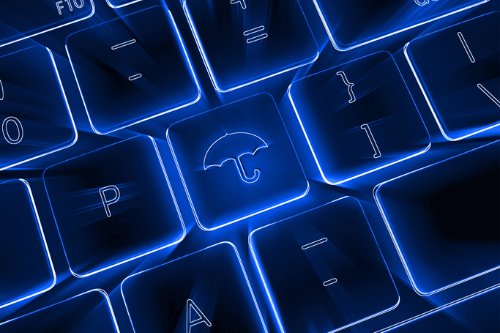

The COVID-19 pandemic has fast-tracked innovation in insurance claim management. Over the past few months, insurance carriers around the world have adjusted to remote working. They’ve had to adapt their core IT functionality and other operational pieces – like the handling of hard mail - so that their teams could continue to provide high levels of service to policyholders and business partners. And for the most part, the insurance industry has been very successful at this.
In the claims space, the big question was: Can you move the entire workforce remotely and continue to perform the entire process of claim adjudication, handling and payment? And the resounding answer to that question has been ‘yes’ – with the some facilitating tools.
Multiple tools and technology have come to the forefront amid the coronavirus crisis. While they seem innovative due to their effectiveness during these unprecedented times, most of this innovation has been bubbling under the surface for three to five years, according to David Vanalek, claims chief operating officer at Markel Insurance, a global specialty insurer.
Speaking at Connected Claims USA 2020, Vanalek said: “There’s been a fairly concerted effort with respect to various carriers and insurtechs in terms of using machine learning and artificial intelligence to triage claims as they come in, and then using that process to route things in such a way that they hit the proper teams, whether that’s a complex claims team or a high-volume, low severity team.
“During this period of time, when we’re working remotely from one another, I think it’s those types of tools that continue to help facilitate, drive and really expedite those claims, getting them in the hands of the claims departments and the examiners as quickly as possible so they can reach out to the policyholders and adjudicate those claims in an expeditious fashion.”
A second area where the claims industry has seen innovation in recent years is around fraud detection. These tools have gained more traction of late because of the “extraordinary issues taking place with respect to the economy” and the fact that “folks are under real duress” because of COVID-19, according to Vanalek. He added that while the fraud is not always intentional – it might just be human error – these tools are able to pick up red flags that might otherwise be missed.
Read more: Legal malpractice claims on the rise – study
“Once a claim is adjudicated and there’s some type of resolution, what many of us are seeing at this point is that the days of the paper check being cut and mailed [are reaching their end],” Vanalek added. “It just isn’t as efficient nowadays [in the context of COVID-19], in large part because the recipients of those checks aren’t necessarily going into their businesses to receive them. So, we are broadly seeing a movement afoot to look for those electronic forms of payment – those digital payments.
“Another facet of that - apart from the benefit of receiving those funds digitally due to health concerns around going into an office setting – ties into the adjudication process that we’re seeing right now. I think it begs the question: Will we see situations where requests are made for an expedited form of [digital] payment if individuals or business are experiencing significant cashflow issues as a result of the pandemic? I could see that also playing into the equation.”
On the claim adjudication side of things, one thing Vanalek expects to continue post-coronavirus is the use of virtual mediation, especially with respect to liability claims and litigated matters. He commented: “These virtual mediations have apparently been really proliferating and have been successful in terms of getting multiple parties together in a virtual room. Some of the mediators that we’ve spoken to have indicated that they really see this as a good opportunity to reach resolution on various claims and litigated matters, especially on the liability side.
“However, there are some facets that are lost through virtual channels. Yes, we can have more interaction face-to-face through a video screen, but you’re missing out on the non-verbal cues. […] You lack the ability to have that cathartic moment, for example, when you’re sitting in a mediation before a judge – sometimes that’s just not possible if you’re sitting behind a laptop screen.”
